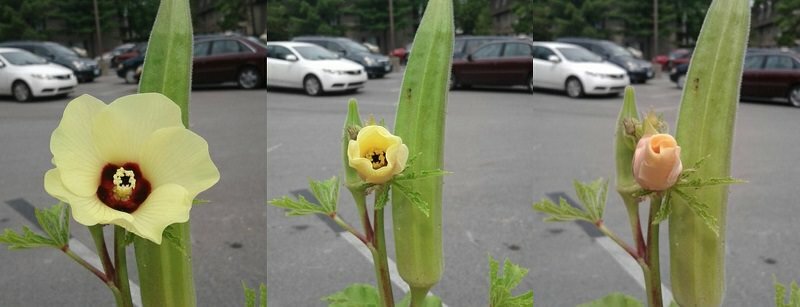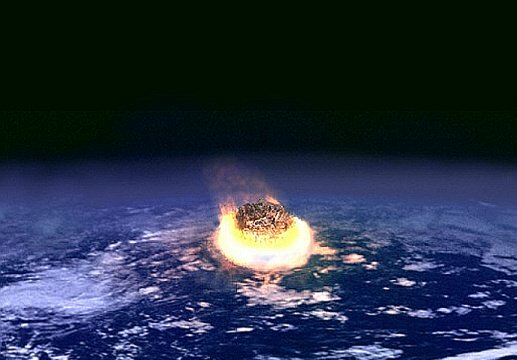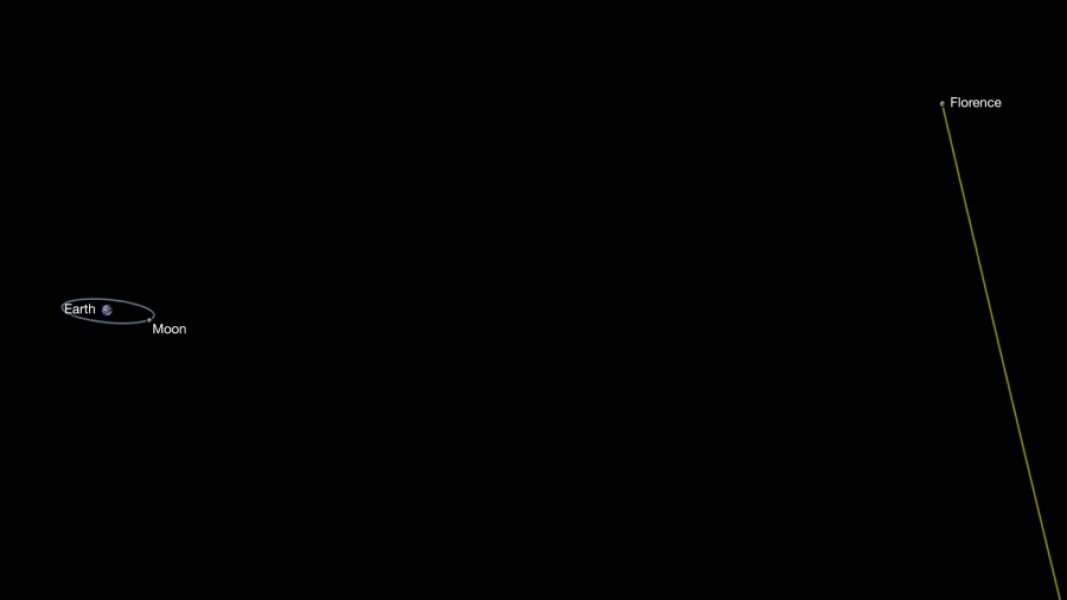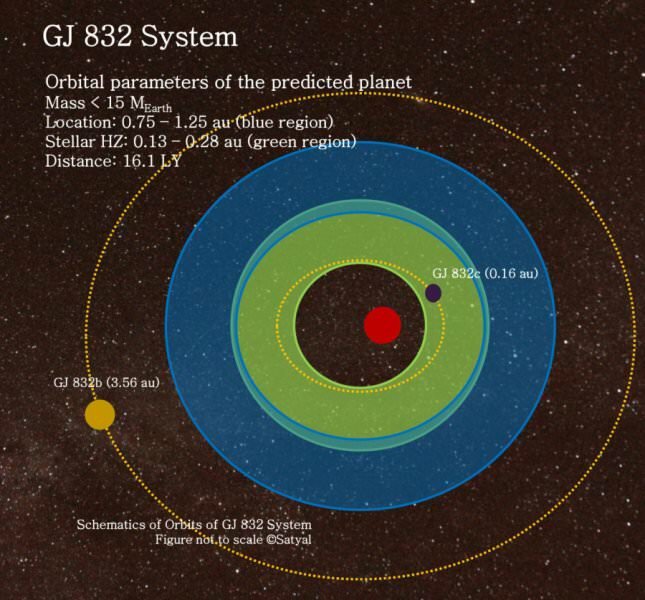Last updated September 4, 2017 at 11:49 am
It’s been another big week in astronomy and astrophysics, from the solar eclipse to wandering stars. Catch up on the headlines in this edition of Starstuff.
The Tiny Dead Star Running Away from its Breakup
And international team of researchers including those at the Australian National University have been studying a peculiar white dwarf star which may give clues to what happens when stars die.
LP 40-365 is located about 1,000 light-years from Earth, but what makes it particularly odd is that it’s zipping through the galaxy by itself at around 1.98 million km/h. At that velocity it is heading to permanently leave the Milky Way.
 The researchers think it is highly likely the star is a piece of debris from a huge supernova that occurred millions of years ago. The white dwarf, a dead star that has run out of nuclear fuel, was originally found in a binary system where it was orbiting a larger, still active star. Over time it sucked mass away from its giant star companion, devouring material until the white dwarf exploded as a supernova.
The researchers think it is highly likely the star is a piece of debris from a huge supernova that occurred millions of years ago. The white dwarf, a dead star that has run out of nuclear fuel, was originally found in a binary system where it was orbiting a larger, still active star. Over time it sucked mass away from its giant star companion, devouring material until the white dwarf exploded as a supernova.
“The mass that accumulated on the white dwarf caused a thermonuclear runaway and a violent explosion that destroyed the binary system. A piece of shrapnel, which is the size of a small star, was flung into space and travelled for millions of years through the Milky Way,” said study author ANU Professor Lilia Ferrario.
Watch more: Scientists help solve mystery of what causes exploding stars
Total Eclipse of the Heart…… of America
People across the United States were encouraged to not only look at the solar eclipse on Monday 21 August, but also look at what was happening around them on Earth. Users of the iNaturalist app were asked to record the behaviour of animals and plants during the eclipse to help researchers understand the Earth-bound effects of the eclipse.
Some of the results make for interesting reading. The behaviour of chickens seemed to be more linked with the temperate change rather than the light levels, according to an agricultural researcher at the University of Missouri. The day of the eclipse was quite hot, however during the eclipse itself the obscuring of the sun made the temperature drop markedly. Chicken came out from under their coop where they seek refuge from the heat of the day. When the eclipse reached totality they began grooming themselves, a normal evening behaviour. When the moon passed by and the sun returned, they returned to the shade under their coop.Insects were also reported to change their behaviour – the sound of cicadas increased in volume just before the eclipse, and then went silent.
 But one of the coolest effects seen were by flowers such as hibiscuses. Flowers that usually close during night hours were seen to go from full bloom to closed over the course of the eclipse, and then reopen after the re-emergence of the sun. As these flowers respond to sunlight levels, this behaviour might not be surprising, but it’s still cool to see happen.
But one of the coolest effects seen were by flowers such as hibiscuses. Flowers that usually close during night hours were seen to go from full bloom to closed over the course of the eclipse, and then reopen after the re-emergence of the sun. As these flowers respond to sunlight levels, this behaviour might not be surprising, but it’s still cool to see happen.
Image courtesy of owensdc
Two minutes of eclipse? Pah!
While the two minute eclipse caused worldwide interest and new coverage, it was nothing compared to the 2 years of solar concealment caused by the asteroid that lead to the extinction of the dinosaurs.
 A new study has found that the 10 kilometre wide asteroid struck Earth, plunging the surface into a prolonged darkness that lasted nearly two years. While debris ejected from the impact was partially responsible for this darkening, it was also caused by soot produced by bushfires occurring across the planet.
A new study has found that the 10 kilometre wide asteroid struck Earth, plunging the surface into a prolonged darkness that lasted nearly two years. While debris ejected from the impact was partially responsible for this darkening, it was also caused by soot produced by bushfires occurring across the planet.
Using a climate model to study the effects of this soot, they found it prevented plants from photosynthesising for up to two years, and temperatures on continents and in the oceans cooled by as much as 28 °C and 11 °C, respectively.
The soot was heated by sunlight which lofted it to higher altitudes, where it increased the atmospheric temperature significantly, which in combination with humidity caused destruction of the ozone layer. After the soot clears, the destruction of the ozone layer meant the surface of Earth would have received extremely high levels of UV radiation for about a year.
The multi-effect of asteroid impact, bushfires, soot-induced permanent eclipse, cooling and destruction of the ozone layer are expected to have remained for several years before calming, during which time food chains across the global collapsed and lead to extinction of the majority of species present at the time.
Florence to pass by night
 A large near-Earth object named Florence will pass safely by Earth on Friday 1 September. The asteroid, measuring more than 4 kilometres wide, will scoot by Earth at a distance of around 7 million kilometres, or 18 times the distance of Earth to the Moon.
A large near-Earth object named Florence will pass safely by Earth on Friday 1 September. The asteroid, measuring more than 4 kilometres wide, will scoot by Earth at a distance of around 7 million kilometres, or 18 times the distance of Earth to the Moon.
“Florence is the largest asteroid to pass by our planet this close since the NASA program to detect and track near-Earth asteroids began.” said Paul Chodas, manager of NASA’s Center for Near-Earth Object Studies. The close pass will allow astronomers to study the asteroid in fine detail.
Florence, named after Florence Nightingale, was discovered in 1981 by astronomers at Siding Spring Observatory, north-west of Sydney.
Image courtesy of NASA/JPL-Caltech
Another Earth Close To Home
Astrophysicists have predicted there could be an Earth-like planet just 16 light years from our own home.
 The team were investigating the Gliese 832 star system, which is known to be home to two planets. However their calculations revealed that the star system may contain an additional Earth-like planet residing at a distance ranging from 0.25 to 2.0 astronomical unit (AU) from the star.
The team were investigating the Gliese 832 star system, which is known to be home to two planets. However their calculations revealed that the star system may contain an additional Earth-like planet residing at a distance ranging from 0.25 to 2.0 astronomical unit (AU) from the star.
“According to our calculations, this hypothetical alien world would probably have a mass between 1 to 15 Earth’s masses,” said the lead author Suman Satyal.
The team found that the planet could reside in a stable orbit around the star using a computer simulation. The orbit would be stable enough to maintain the planet in the star’s habitable zone for up to a billion years.
Now it is known that a planet of similar size to Earth could be orbiting a star so close to us, it will be up to astrophysicists and astronomers to observe the star’s behaviour, velocity and light profile to determine whether the planet is actually present.
Image courtesy of Suman Satyal
Follow us on Facebook, Twitter and Instagram to get all the latest science.





























































































































































































































































